Space Agency Bringing The Moon’s Surface To Earth
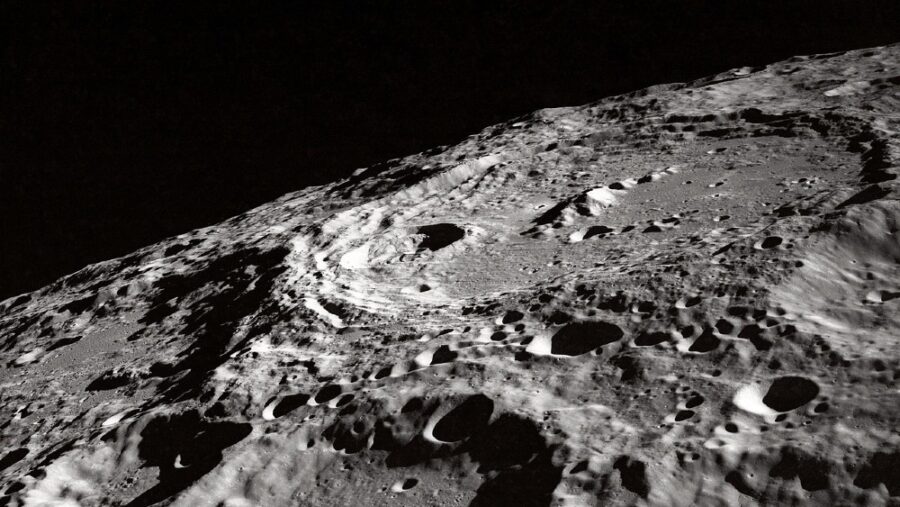
Setting foot on the moon is a dream for most people, but the European Space Agency is at least making it easier to experience what it would be like. The ESA is developing a simulated lunar environment that can be used to test future exploration technologies, like rovers. Unfortunately, it seems unlikely that this will be something the general public can walk on – but it’s still pretty cool!
The European Space Agency Is Re-Creating The Moon
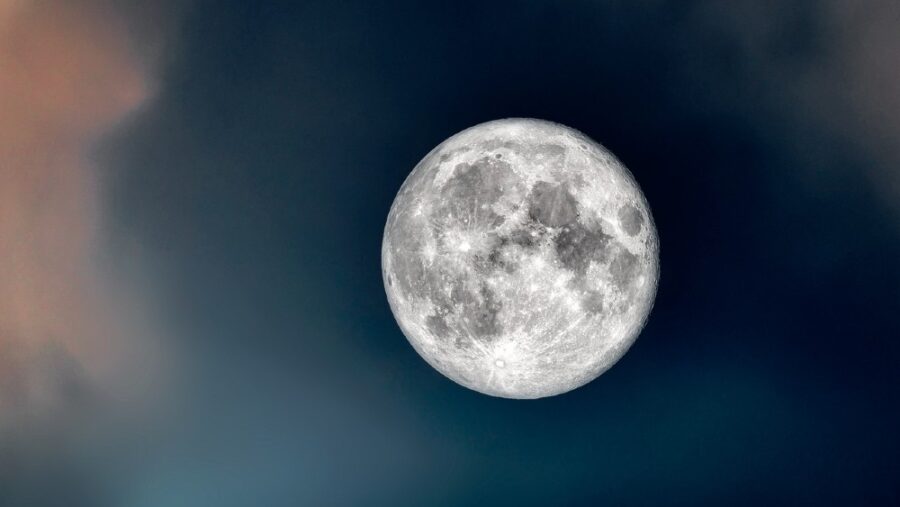
A group of ESA experts is collaborating with Lumina Sustainable Materials, a company that owns a mine in Greenland, to get Earth rock samples that are similar to the geological materials found on the moon. The project put together a team that includes scientists from ESA’s VULCAN facility in the UK and ESA’s LUNA Facility in Germany. These two high-tech facilities will be inaugurated in 2024.
The Lunar Testbed Requires Literal Tons Of Rocks
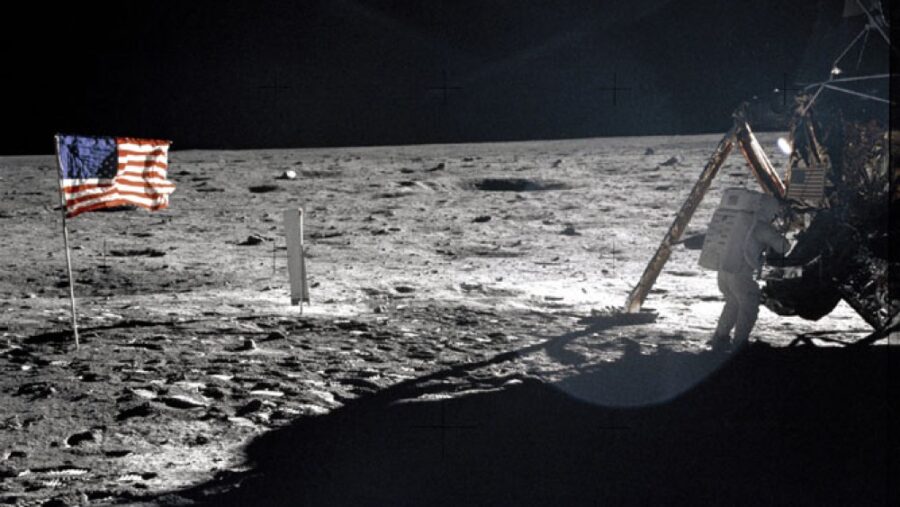
Both VULCAN and LUNA will play an important part in the ESA’s future moon endeavors. The two centers are built to help the agency achieve long-term human and robotic presence on the lunar surface. LUNA will be home to the lunar testbeds that replicate the layer of rock and dust on the satellite’s surface.
Meanwhile, VULCAN will act as the base for moon rock analogs, where scientists working at the center will use their knowledge and expertise in geology to develop the testbeds. It’s an exciting project that should provide roughly 700 square meters of lunar surface in one testbed. The other testbed will be smaller but is meant to simulate the dusty highlands with 20 tons of anorthosite rock.
Scientists Will Test Lunar Survival In A Safe Environment
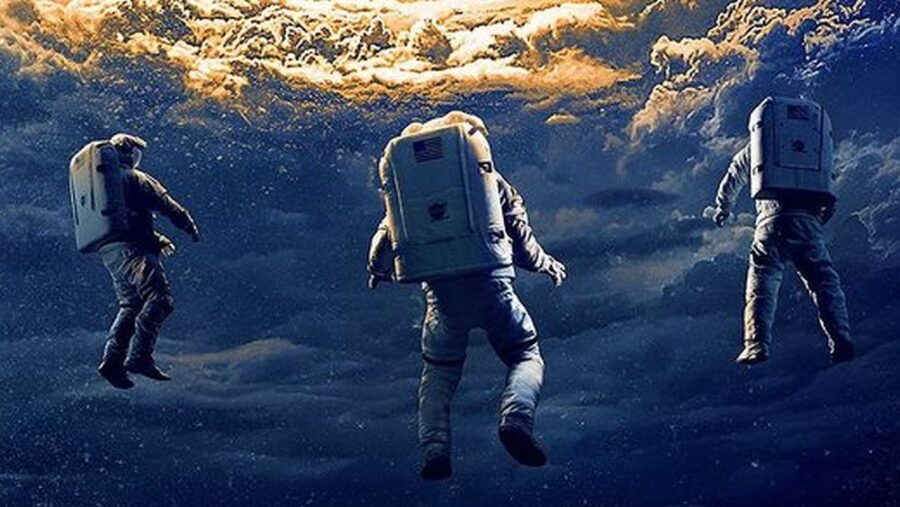
As mentioned, these replica moon sites will primarily be used to test exploration technologies before sending them to the real thing. Tests conducted may include things like converting local lunar materials into oxygen, water, and building materials. Hopefully, these tests will ensure more successful lunar missions in the near future.
The Specific Mine Was Chosen For A Reason
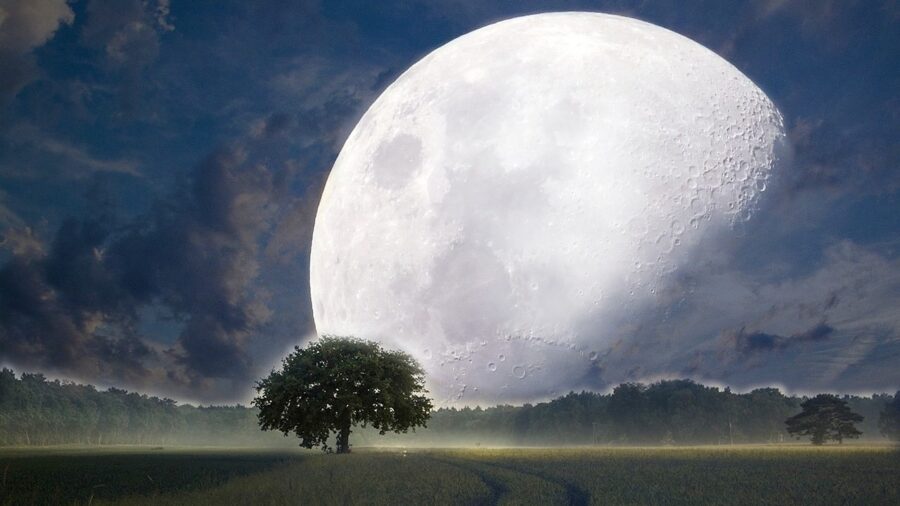
But why is the ESA using this Greenland mine to source its replica moon rocks? For one, the aforementioned anorthosite is a close analog to lunar rocks, but the Lumina mining company also uses a unique mining process that leaves out chemicals, which is best for the environment. This aligns closely with the ESA’s goals for sustainability.
Practice Run For Real Moon Rock Retrieval
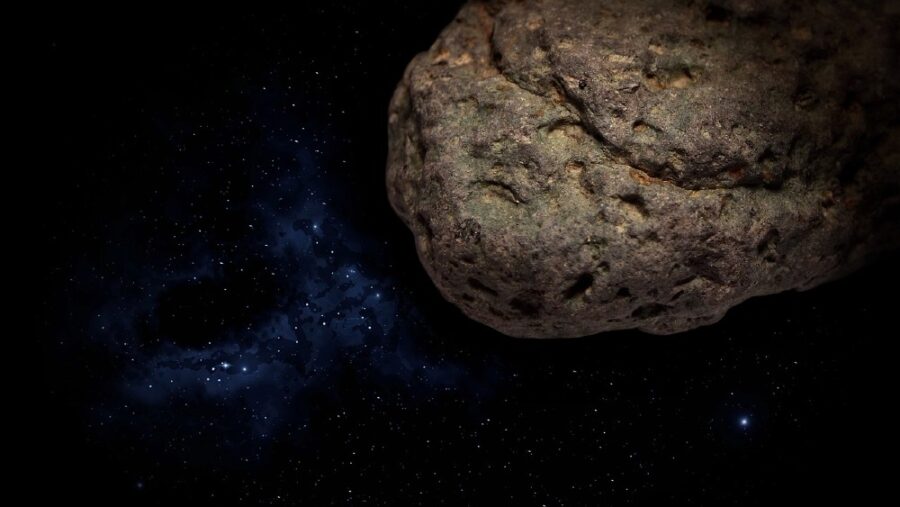
In addition to getting some insight into the mining process at Lumina, the ESA scientists also got some insight into understanding how to handle the moon-adjacent rocks. This will allow the teams to better prepare for their arrival at the facilities and build planning and safety protocols in accordance with what they observe. It seems like the ESA is well on its way to having its lunar testbeds ready for action.
The New Space Race To Establish A Lunar Outpost
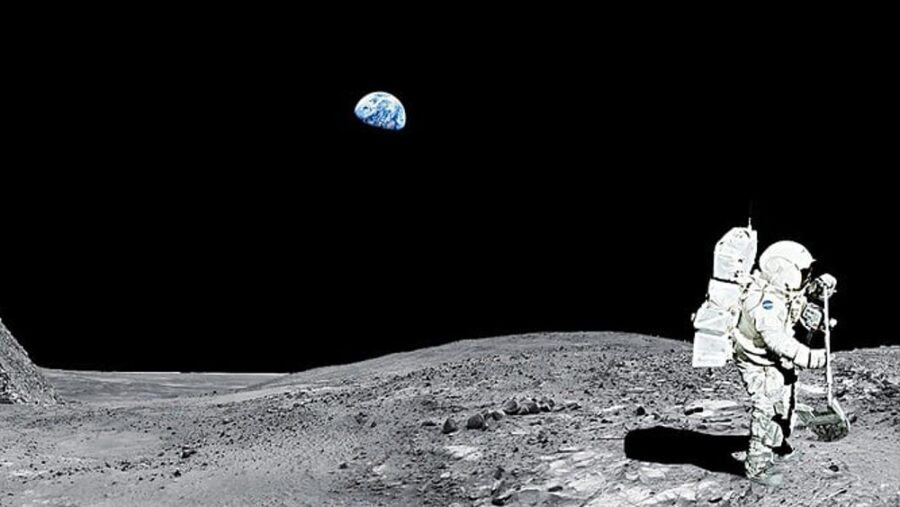
The ESA isn’t the only major space agency with dreams of further moon exploration. The United States, China, and India all have their own ongoing moon missions, with India recently having success after its Chandrayaan-3 mission landed on the moon in August. While the space race once saw world superpowers trying to be the first to walk on our planet’s satellite, there’s now a brand new race to set up a base there.
Source: ESA












